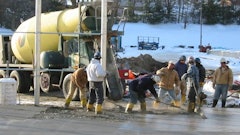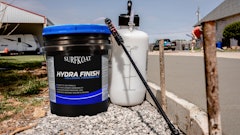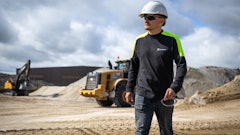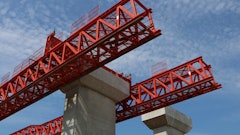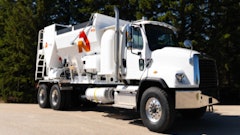On Tuesday, February 21st, the Maryland State Senate committee on Education, Health, and Environmental Affairs heard testimony on Senate Bill 722, a bill introduced by Committee Chairwoman Joan Carter Conway of Baltimore City, seeking to limit dangerous lightweight combustible wood construction in low- to mid-rise residential buildings throughout the state.
“The code changes that have gone into effect in Maryland over the last 8 years allowing the use of combustible framing materials in taller and larger buildings contain unparalleled levels of risk,” said Steve Lohr, Fire Chief for the City of Hagerstown, Maryland, who testified during the hearing. “SB 722 goes a long way toward addressing the issues these changes create for the fire service and first responders, and I do not think we can afford to wait.”
Six young children were killed in a Baltimore house fire in December, and nine Marylanders have already been killed in fires in the first 30 days of 2017. In response, the fire safety community, structural engineers and proponents of safer construction methods are coming together to urge Maryland’s lawmakers to enact stricter building code standards to prevent needless tragedies from striking the community.
“SB 722 is without a doubt a definite move in the right direction to improve Maryland’s fire safety levels, especially for the residential occupancies covered by this legislation,” says Stephen Skalko, a fire protection engineer and former Fire Marshall for Macon-Bibb County, Georgia, who also testified during the hearing. “
SB 722 joins the resilient building efforts of other communities throughout the country that, in large part, mirror an August 2016 Sandy Springs, Georgia City Council ordinance amending the city’s building code to include new requirements that prohibit combustible building materials from being used in certain building elements.
“It should be noted that building codes are minimum requirements, not the highest performing systems or buildings,” says Tien Peng, Vice President for Sustainability, Codes and Standards for the National Ready Mixed Concrete Association. “Building code minimums are simply not adequate to ensure resident comfort, security or safe harbor from catastrophes. If the State of Maryland doesn’t insist on more fire safe “code--plus” design, minimum is most likely what you will get.”
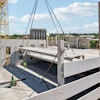
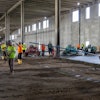

![Fcp Racatac Chair 10893876[1]](https://img.forconstructionpros.com/mindful/acbm/workspaces/default/uploads/2025/10/fcp-racatac-chair-108938761.10l0At5WXv.png?auto=format%2Ccompress&bg=fff&fill-color=fff&fit=fill&h=100&q=70&w=100)

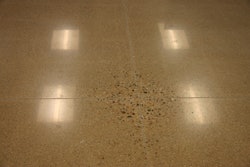

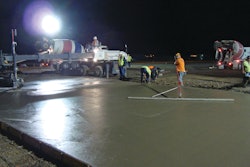

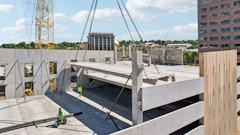
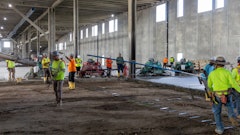

![Fcp Racatac Chair 10893876[1]](https://img.forconstructionpros.com/mindful/acbm/workspaces/default/uploads/2025/10/fcp-racatac-chair-108938761.10l0At5WXv.png?ar=16%3A9&auto=format%2Ccompress&bg=fff&fill-color=fff&fit=fill&h=135&q=70&w=240)
